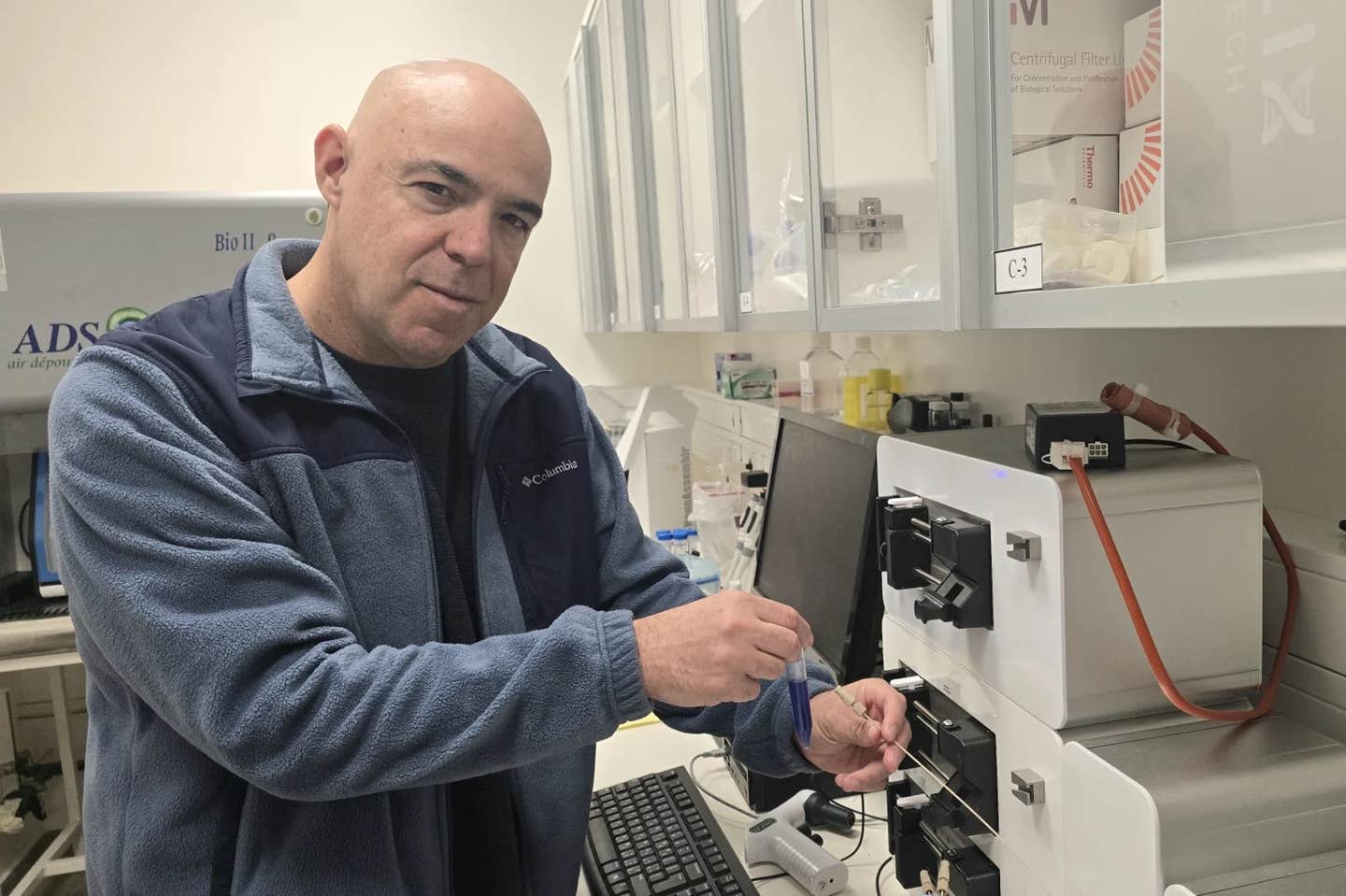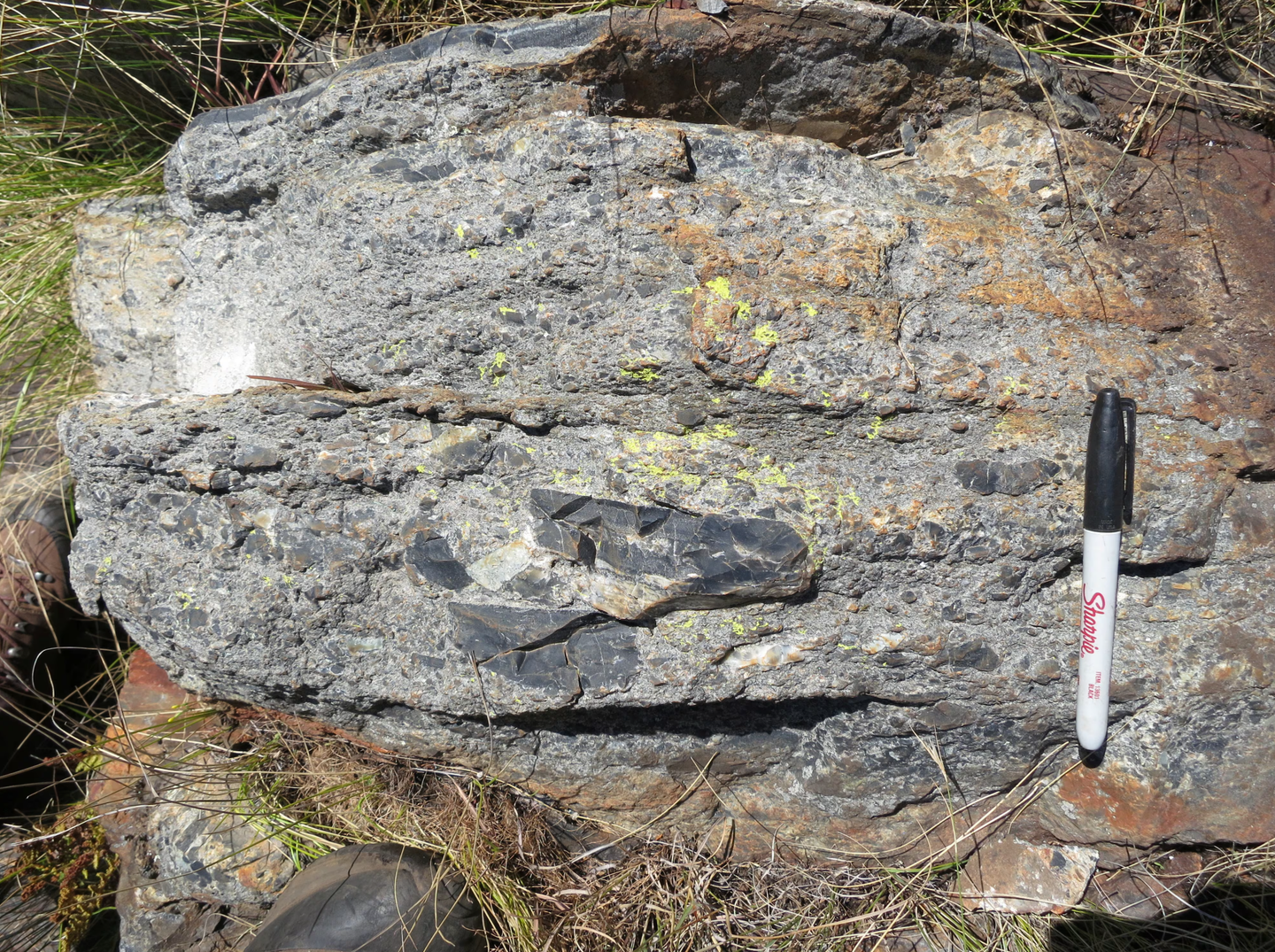Groundbreaking protein discovery could prevent Alzheimer’s disease in women
The activation of a specific brain protein, CYP46A1, may hold the key to safeguarding women from the debilitating effects of such diseases.

The activation of a specific brain protein, CYP46A1, may hold the key to safeguarding women from the debilitating effects of such diseases. (CREDIT: Creative Commons)
A groundbreaking study conducted at the Karolinska Institute has unveiled a potential breakthrough in the fight against neurodegenerative diseases like Alzheimer's.
Researchers at the institute have discovered that the activation of a specific brain protein, CYP46A1, may hold the key to safeguarding women from the debilitating effects of such diseases.
Dr. Silvia Maioli, an Associate Professor at the Department of Neurobiology, Care Sciences, and Society at Karolinska Institutet, led the study and expressed optimism about the findings. She stated, "Cholesterol turnover and sex hormones are modifiable factors. Our results suggest that they may serve as potential treatment targets for several neurodegenerative diseases in the future."
The study, primarily conducted on mice, centered on the activation of the brain protein CYP46A1, which appears to play a crucial role in protecting women from developing neurodegenerative conditions, including Alzheimer's disease. This protein is responsible for converting excess cholesterol in the brain into a specialized cholesterol product known as 24S-hydroxycholesterol (24SOH).
Related Stories
In their experiments, researchers increased the levels of CYP46A1 in both male and female mice. This augmentation resulted in higher production of 24SOH. Strikingly, in female mice, this led to observable improvements such as healthier neurons, enhanced memory capacities, and increased estrogen activity.
These positive effects were particularly significant in situations simulating menopause and aging. Intriguingly, male mice did not exhibit similar benefits.
One key revelation from the study was that higher levels of 24SOH in the cerebrospinal fluid of Alzheimer's patients correlated with reduced levels of Alzheimer's markers, specifically tau protein—but this correlation was exclusive to women.
Alzheimer's disease disproportionately affects women, with approximately two-thirds of individuals diagnosed being female. Early menopause, which involves the decline of estrogen production, is recognized as a specific risk factor for cognitive decline.
Estrogen, produced not only in the ovaries but also in the brain, plays a crucial role in maintaining the health and functionality of neurons. The activation of CYP46A1 was found to increase estrogen activity in the brains of menopausal and elderly female mice, offering a promising avenue for targeted therapy.
Dr. Maioli explained, "Previous research has shown that CYP46A1 can be activated pharmacologically with low doses of the anti-HIV drug Efavirenz. We believe that targeting cholesterol metabolism by CYP46A1 activators such as Efavirenz may offer a new approach to promote estrogen-mediated neuroprotection in women at risk of Alzheimer's disease."
Golgi staining of mouse brain tissue. (CREDIT: Silvia Maioli laboratory)
The study was meticulously conducted under the guidance of Dr. Silvia Maioli and doctoral student Maria Latorre Leal. It included experiments with genetically modified mice, encompassing behavioral studies and molecular analyses. In their pursuit of understanding the underlying biological mechanisms, researchers also explored cultured hippocampal neurons.
To validate the clinical significance of their findings, biomarkers were measured in cerebrospinal fluid from a cohort of patients at the memory clinic of Karolinska University Hospital. Notably, the analyses were gender-specific and carried out in collaboration with experts from various institutions, including Miia Kivipelto's and Bengt Winblad's group, Henrik Zetterberg, and Kaj Blennow in Gothenburg, as well as researchers at Swansea University.
Maria Latorre Leal and Silvia Maioli, Division of Neurogeriatrics, NVS. (CREDIT: Andreas Andersson)
The research received crucial support from funding sources such as the Margaretha af Ugglas Foundation, the private initiative "Innovative ways to fight Alzheimer's disease - Leif Lundblad Family, the NIH R01 grant, and the King Gustaf V:s and Queen Victoria's Foundation.
This study represents a significant stride toward understanding and potentially combating neurodegenerative diseases, particularly Alzheimer's, that disproportionately affect women. The activation of the CYP46A1 brain protein offers a glimmer of hope in the quest to protect the cognitive health of women at risk of Alzheimer's disease. The implications of this research are profound and may pave the way for innovative therapeutic approaches in the future.
Who has Alzheimer’s Disease?
In 2020, as many as 5.8 million Americans were living with Alzheimer’s disease.
Younger people may get Alzheimer’s disease, but it is less common.
The number of people living with the disease doubles every 5 years beyond age 65.
This number is projected to nearly triple to 14 million people by 2060.
Symptoms of the disease can first appear after age 60, and the risk increases with age.
What is known about Alzheimer’s Disease?
Scientists do not yet fully understand what causes Alzheimer’s disease. There likely is not a single cause but rather several factors that can affect each person differently.
Age is the best known risk factor for Alzheimer’s disease.
Family history—researchers believe that genetics may play a role in developing Alzheimer’s disease. However, genes do not equal destiny. A healthy lifestyle may help reduce your risk of developing Alzheimer’s disease. Two large, long term studies indicate that adequate physical activity, a nutritious diet, limited alcohol consumption, and not smoking may help people.
Changes in the brain can begin years before the first symptoms appear.
Researchers are studying whether education, diet, and environment play a role in developing Alzheimer’s disease.
There is growing scientific evidence that healthy behaviors, which have been shown to prevent cancer, diabetes, and heart disease, may also reduce risk for subjective cognitive decline.
What is the burden of Alzheimer’s disease in the United States?
Alzheimer’s disease is one of the top 10 leading causes of death in the United States.
The 6th leading cause of death among US adults.
The 5th leading cause of death among adults aged 65 years or older.
In 2020, an estimated 5.8 million Americans aged 65 years or older had Alzheimer’s disease. This number is projected to nearly triple to 14 million people by 2060.
In 2010, the costs of treating Alzheimer’s disease were projected to fall between $159 and $215 billion. By 2040, these costs are projected to jump to between $379 and more than $500 billion annually.
Death rates for Alzheimer’s disease are increasing, unlike heart disease and cancer death rates that are on the decline.
Dementia, including Alzheimer’s disease, has been shown to be under-reported in death certificates and therefore the proportion of older people who die from Alzheimer’s may be considerably higher.
Note: Materials provided above by The Brighter Side of News. Content may be edited for style and length.
Like these kind of feel good stories? Get the Brighter Side of News' newsletter.
Joshua Shavit
Science & Technology Writer | AI and Robotics Reporter
Joshua Shavit is a Los Angeles-based science and technology writer with a passion for exploring the breakthroughs shaping the future. As a contributor to The Brighter Side of News, he focuses on positive and transformative advancements in AI, technology, physics, engineering, robotics and space science. Joshua is currently working towards a Bachelor of Science in Business Administration at the University of California, Berkeley. He combines his academic background with a talent for storytelling, making complex scientific discoveries engaging and accessible. His work highlights the innovators behind the ideas, bringing readers closer to the people driving progress.



